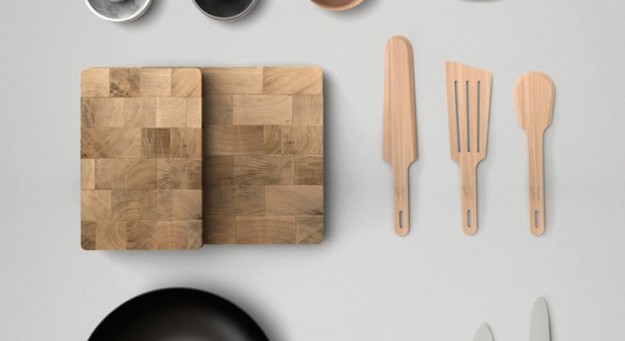Kitchenware: Choosing toxins-free varieties
mis à jour le 14 July 2015 à 18:33Worried about toxins that may be invading your kitchen? We give you a guide to choosing the right kitchenware and the proper cleaning steps to take.
Tupperware boxes, plastic spatulas, stretchable cling films, demijohns with water, old kettles and coffee makers can all be full of bisphenol A or phthalates; synthetic molecules that are bad for our hormonal system. These endocrine disruptors, which migrate under the heat and cold effect in food, are involved in decreased male fertility, some fetal deformations and obesity. They may also be responsible for food intolerances. Already excluded from feeding-bottles since 2013, bisphenol A will disappear from food packaging and kitchen utensils from January 1st, 2015.
ANTITOXIC STRATEGY
- Banish plastic utensils. To preserve or warm dishes in microwaves, use glass or terra-cotta containers. Replace old steamers, which are susceptible to bisphenol A, with a new stainless steel one.
- For prepared dishes, avoid the plastic packaging featuring the figure 7 (in a small triangle) accompanied by the initials PC: this indicates the presence of polycarbonate, which may contain bisphenol A. Also avoid packaging with the figure 3 (PVC), which can hide phthalates.
- Do not trust anti-adhesive pans: the coating may contain PFOA (perfluoro-octanoic acid), which is an endocrine disruptor as classified by the European Union. Opt instead for enameled cast iron, stainless steel, ceramic or stoneware.
Read more from our "pesticides" report:
Fruits and vegetables: Home for pesticides
Fish and shellfish: A source of harmful mercury
Meat and dairy products: Beware of dioxins and PCBs
Healthy eating: how to avoid carcinogenic acrylamide grocery products
Sylvia Vaisman




